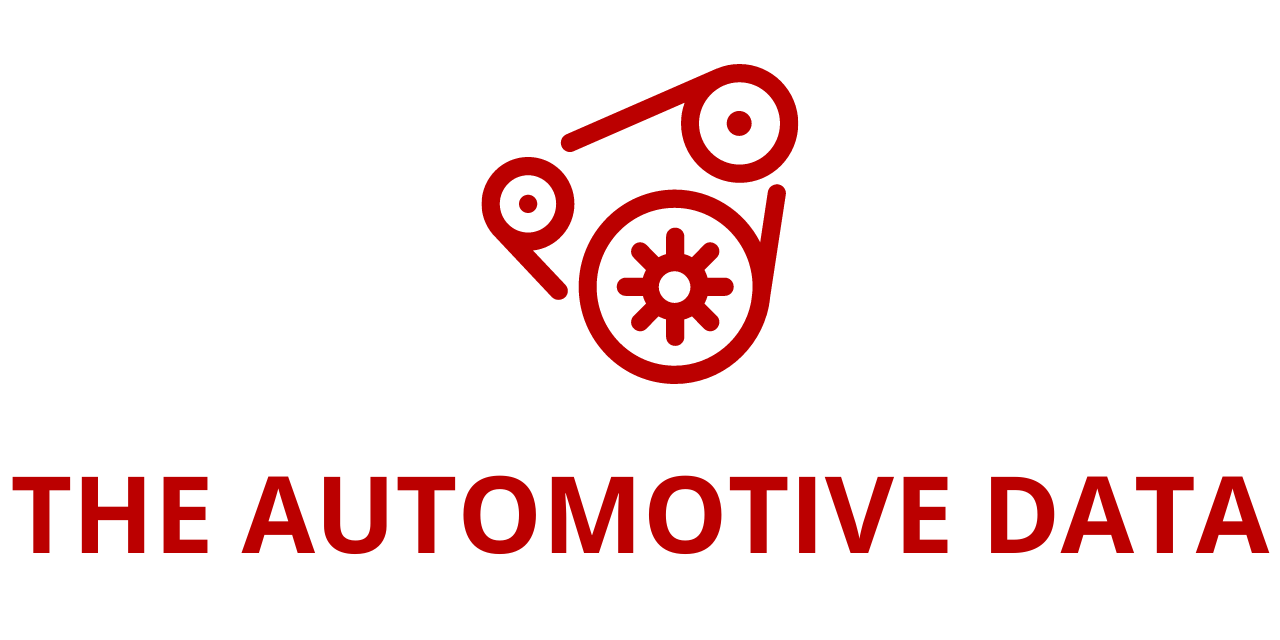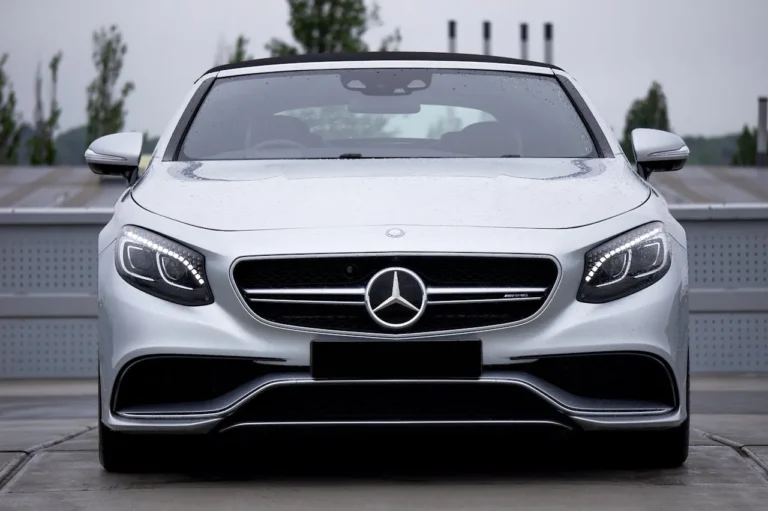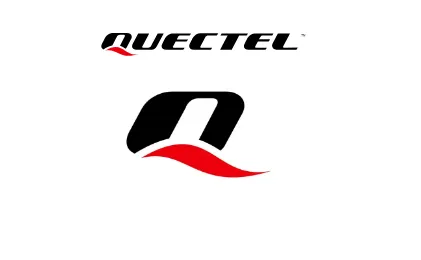
North America’s Largest Auto Groups Still Struggle with Google Core Web Vitals: Overfuel’s 2025 Report Reveals Less Than 1% Pass Rate
Overfuel, a leading website solutions provider for automotive, powersports, and RV dealers, has released the findings of its second annual study analyzing dealership websites against Google’s Core Web Vitals benchmarks. The results, much like the prior year, highlight a critical and persistent issue: the overwhelming majority of dealership websites continue to deliver poor online performance, falling short of modern digital standards and consumer expectations.
According to the 2025 study, fewer than 1% of websites analyzed successfully passed Google’s Core Web Vitals thresholds on both mobile and desktop platforms. For the second year in a row, this dismal pass rate reveals that despite industry awareness and rising consumer demand for faster, smoother online experiences, dealerships have yet to make the digital upgrades necessary to remain competitive.
Scope of the 2025 Study
The Overfuel research team conducted an extensive analysis of 1,910 retail-focused websites connected to the Top 50 dealership groups in North America, as identified in Automotive News’ 2025 list of the Top 150 Dealership Groups. Importantly, the study concentrated only on retail sites actively displaying vehicle inventory. Collision centers, service-only websites, body shops, and non-automotive categories like powersports and RV were excluded to maintain accuracy and relevance to the vehicle-buying journey.
Data collection occurred between August 28 and August 30, 2025, utilizing the Google Chrome User Experience (CrUX) API alongside PageSpeed Insights. This combination allowed Overfuel to examine real-world, field-sourced performance data rather than relying on lab simulations. By focusing on actual user interactions, the study reflects the consumer experience more accurately than synthetic tests alone.
Key Findings: A Persistent Industry-Wide Challenge
The results underscore the depth of the issue:
- Only 0.4%—just 7 websites out of 1,845 measured—passed Core Web Vitals on both mobile and desktop.
- 99.6% of dealership websites failed to meet Google’s standards on at least one platform, with 95.5% failing across both mobile and desktop.
- 65 websites did not generate sufficient Google CrUX traffic to provide a performance score, further illustrating gaps in consumer engagement.
These numbers paint a stark picture of digital stagnation in an industry where customer journeys are increasingly beginning—and often heavily influenced—online.
Why Core Web Vitals Matter
Introduced by Google in 2020, Core Web Vitals are a set of metrics that evaluate the most essential aspects of web performance:
- Load Speed (Largest Contentful Paint, or LCP): How quickly the main content of a page becomes visible.
- Interactivity (First Input Delay, or FID): How quickly a site responds when a user first tries to interact.
- Visual Stability (Cumulative Layout Shift, or CLS): How stable the content remains while loading, preventing frustrating shifts.
Failing in these areas can mean a sluggish, unstable, or unresponsive site—leading to consumer frustration, increased bounce rates, and lost opportunities. But the implications extend beyond customer satisfaction. Websites that do not meet these performance standards risk lower visibility in Google’s search ecosystem, including Search, Maps, and even results influenced by AI-driven summaries.
Overfuel’s research highlights that sites meeting Core Web Vitals benchmarks can enjoy up to 20% more organic website traffic, while failing websites may experience a similar drop. For dealerships, this translates directly into fewer leads and fewer sales opportunities.
The Financial Cost of Digital Underperformance
The urgency of improving website performance has never been clearer. A breakthrough finding from Shift Digital’s 2025 Digital Automotive Shopping Pulse Report illustrates the financial stakes: dealerships failing Core Web Vitals effectively waste $30 of every $100 in advertising spend.
In practical terms, this means nearly a third of advertising budgets evaporate when potential shoppers land on underperforming websites that load too slowly, respond poorly, or shift unpredictably during use. Advertising is one of the largest expenses for dealership groups, and this inefficiency represents not just a technical problem but a direct profitability crisis.
Voices from the Industry
Commenting on the report’s findings, Alex Griffis, President of Overfuel, emphasized the transformative opportunity dealers have:
Two years in a row, the data reaffirms: dealerships have a massive opportunity to deliver the kind of online shopping experience customers actually want. Shoppers are spending more time than ever researching vehicles online, and when sites are fast, stable, and easy to use, the results are clear—happier customers, stronger engagement, and more sales. The technology is here today, and the dealers who embrace it are already pulling ahead.”
This perspective aligns with broader retail trends: in nearly every industry, digital experience is now inseparable from brand reputation and customer loyalty. For automotive, where shoppers often spend 14–16 hours researching online before visiting a dealership, digital touchpoints play a decisive role in the purchase journey.
A Case Study: Jay Wolfe Honda
While the vast majority of dealer websites underperform, there are exceptions proving that better results are attainable. Jay Wolfe Honda, for example, has leveraged Overfuel’s platform to achieve Core Web Vitals compliance on both mobile and desktop, despite using OEM-recommended third-party tools and plugins that typically slow down performance.
Brian Mixon, General Manager of Jay Wolfe Honda, shared his experience:
Since launching with Overfuel, we’ve seen a real difference—not only in our website traffic and leads, but in the overall shopping experience for our customers. It’s exciting to see what’s possible when dealerships embrace modern technology to better serve their customers.”
This success story highlights that with deliberate investment and technology adoption, dealerships can break free from the industry-wide pattern of underperformance.
The Path Forward: From Awareness to Action
For many dealer groups, the path to improvement is clear but requires cultural and operational shifts:
- Embrace Performance as Strategy: Website performance is no longer a technical side issue but a strategic pillar of customer experience.
- Prioritize Mobile: With the majority of shoppers researching on smartphones, mobile performance must take precedence.
- Audit and Simplify Tools: OEM-mandated plugins and third-party integrations often bog down sites; streamlining these can yield major gains.
- Measure What Matters: Using tools like CrUX and PageSpeed Insights ensures progress is tracked against real-world data rather than controlled environments.
- Invest in Modern Platforms: Dealers must consider technology providers that focus on performance-first solutions designed for today’s digital retail landscape.
Griffis underscores this point:
The message is clear: better performance isn’t out of reach—it’s already happening. Dealers who modernize their digital storefronts are proving that fast, stable websites lead directly to more traffic, more leads, and happier customers. The opportunity is enormous, and the technology to seize it is here today.








